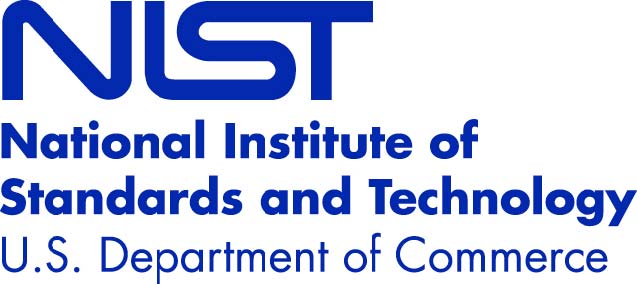October ROS-I Consortium Americas Meeting Recap
/The fall meeting of the ROS-Industrial Consortium Americas was held in conjunction with RoboBusiness on Oct. 23, 2013, in Santa Clara, California. Paul Hvass and Shaun Edwards (SwRI) provided updates about the growth of the Consortium, ongoing technical projects, and financial outlook for the Consortium. Next, there was a set of lightning talks by William Woodall (Open Source Robotics Foundation) about the status of ROS, by Sachin Chitta (SRI) about MoveIt!, and by Ulrich Reiser (Fraunhofer IPA) about the formation of the ROS-Industrial Consortium Europe. The group also considered new Focused Technical Projects (FTPs). The group deliberated about a MoveIt! FTP proposed by SRI and a Robotic Deburring FTP championed by Spirit AeroSystems. A significant achievement of the meeting was a broadening of representative end user OEMs to include aerospace, automotive, and heavy industries along with the robot OEMs and researchers. More than 30 attendees came in person or via WebEx from ABB Robotics, BMW, Boeing, Canada’s NRC, CAT, Cessna, Deere and Co., Fraunhofer IPA, HDT, LANL, NIST, OmnicO AGV, OSRF, Robotiq, Spirit AeroSystems, SRI, SwRI, Toyota, UTARI, Vetex, and Yaskawa Motoman Robotics.


